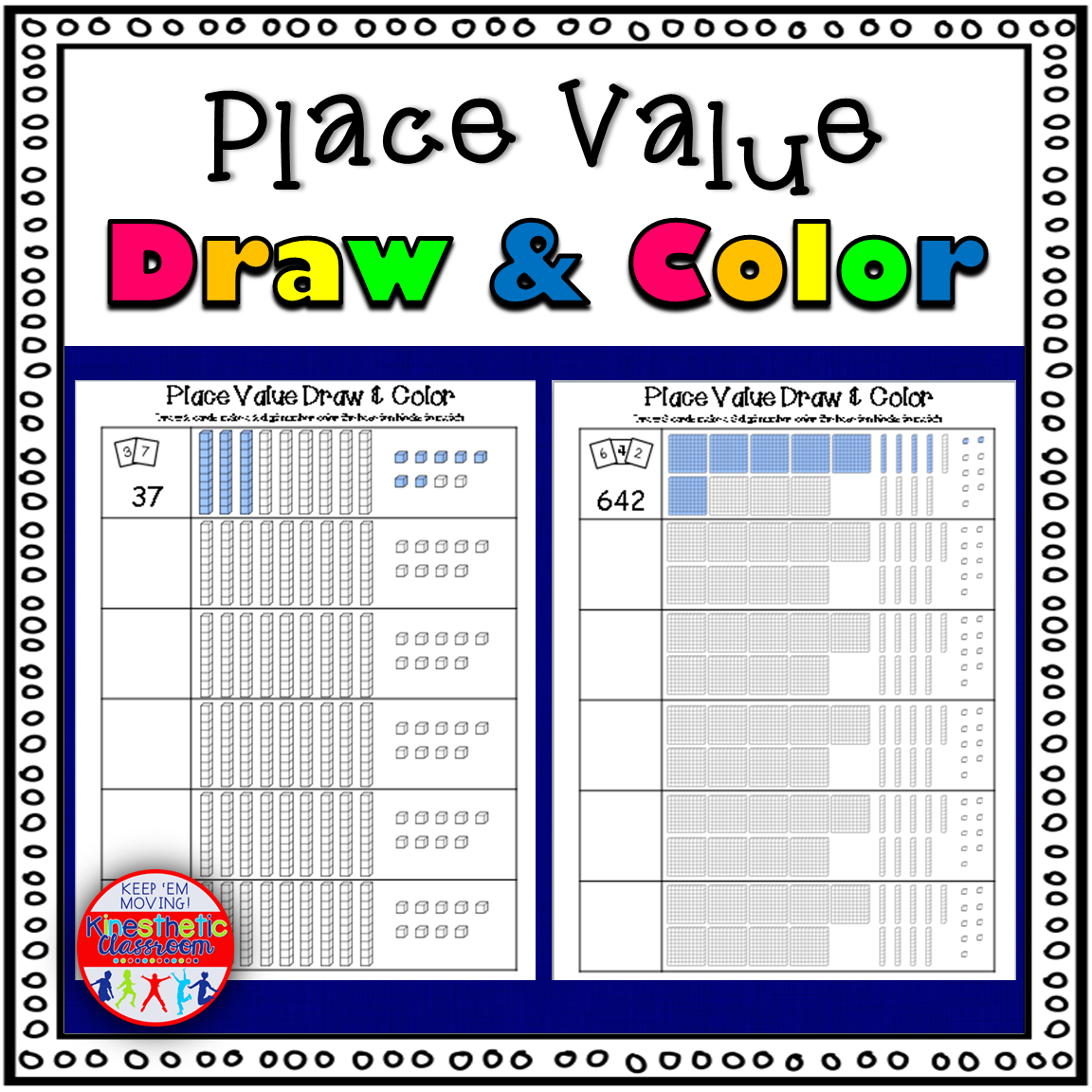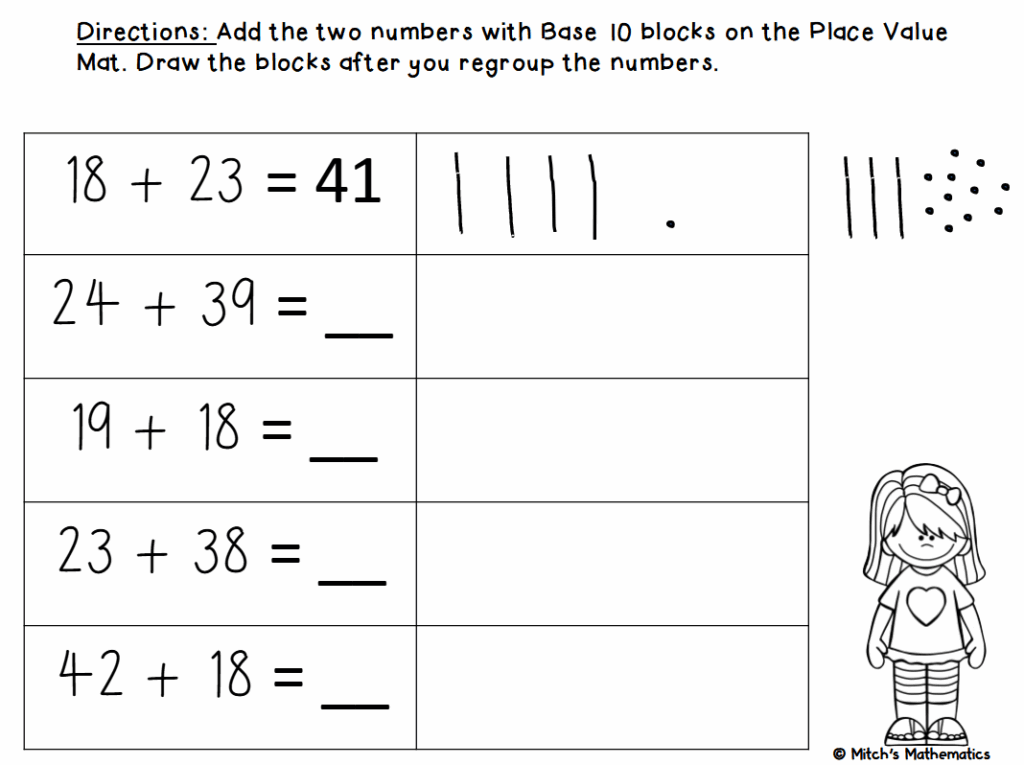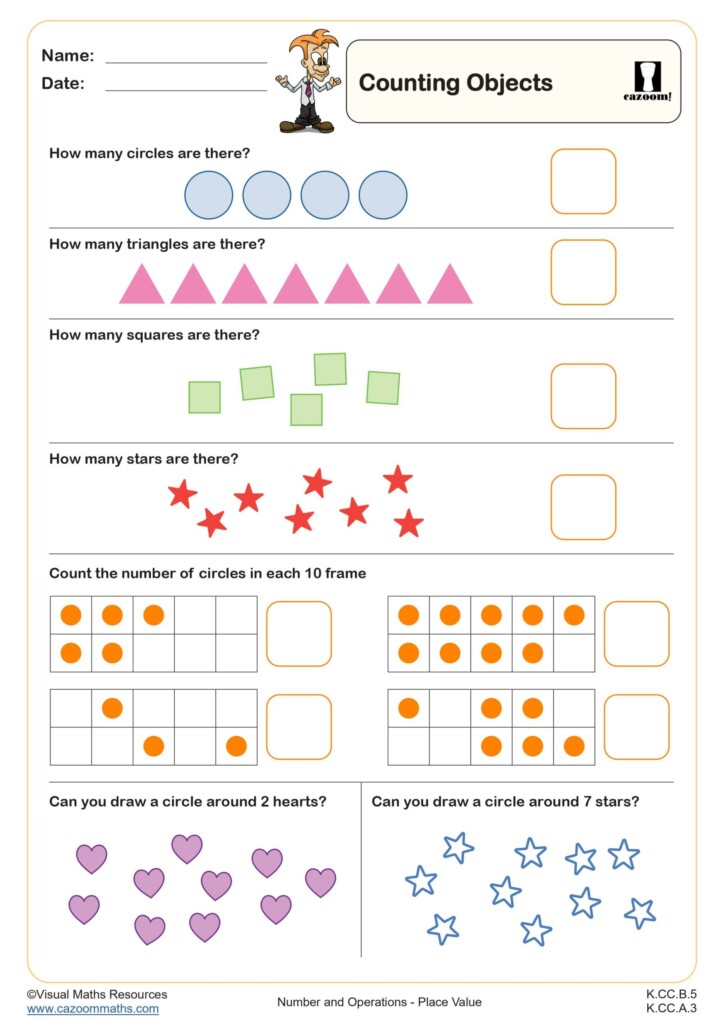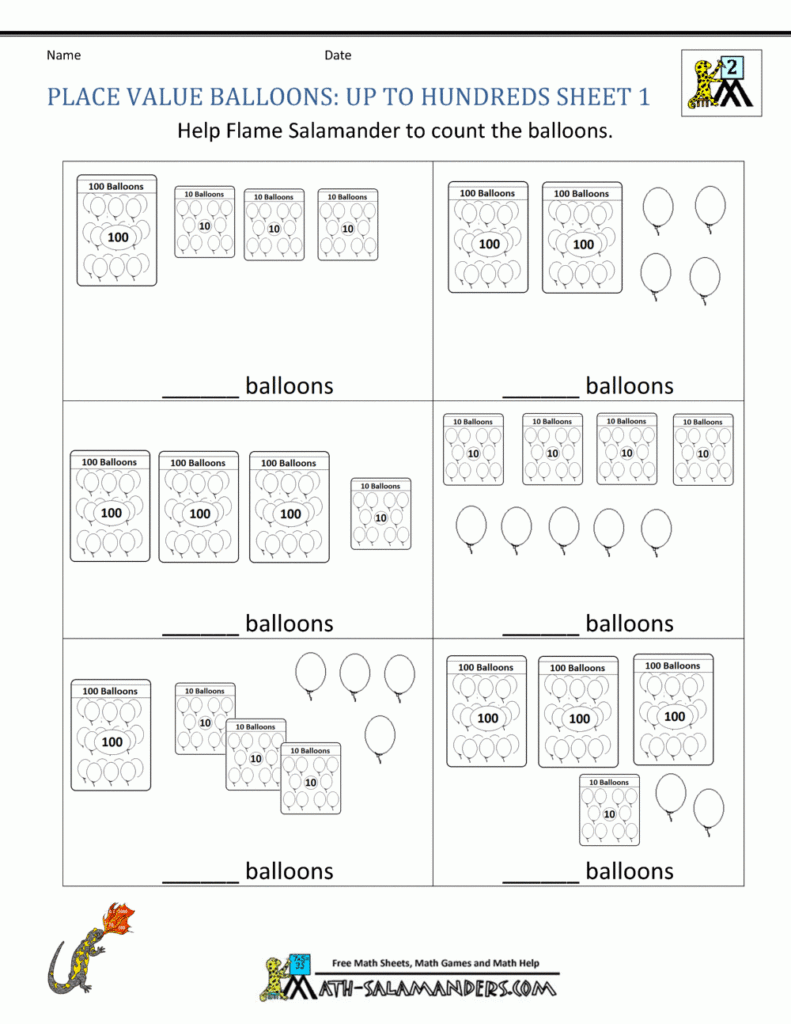Place value is a fundamental concept in mathematics that is crucial for understanding numbers and their relationships. Drawing place value worksheets are a creative and engaging way to teach students about the significance of each digit in a number and how they contribute to its overall value. These worksheets can help students visualize and grasp the concept of place value more effectively, making learning math fun and interactive.
When creating drawing place value worksheets, it is important to include visuals such as grids, charts, and manipulatives to help students visualize and understand the concept. By using colors, shapes, and other visual aids, students can better differentiate between the ones, tens, hundreds, and thousands places in a number. This hands-on approach to learning can make abstract concepts more concrete and easier to comprehend.
The Benefits of Using Drawing Place Value Worksheets in the Classroom
One of the main benefits of using drawing place value worksheets in the classroom is that they cater to different learning styles. Visual learners can benefit from the colorful and interactive nature of the worksheets, while kinesthetic learners can engage with the hands-on manipulatives and activities. By incorporating drawing place value worksheets into lesson plans, teachers can accommodate a variety of learning preferences and help all students succeed.
Furthermore, drawing place value worksheets can make math more enjoyable and less intimidating for students. By incorporating creativity and art into math lessons, students may develop a newfound interest in the subject and feel more confident in their abilities. This positive reinforcement can lead to increased engagement and motivation to learn, ultimately improving students’ math skills and understanding of place value concepts.
Tips for Creating Effective Drawing Place Value Worksheets
When designing drawing place value worksheets, consider the age and skill level of your students. Use age-appropriate visuals and activities that are challenging yet achievable for your students. Incorporate a variety of exercises that cater to different learning styles and abilities, such as matching games, coloring activities, and fill-in-the-blank exercises.
Additionally, provide clear instructions and explanations for each activity to ensure that students understand the purpose and objectives of the worksheet. Encourage students to ask questions and seek help when needed, fostering a supportive and collaborative learning environment. By creating engaging and informative drawing place value worksheets, you can help students build a strong foundation in math and develop essential skills for future success.





